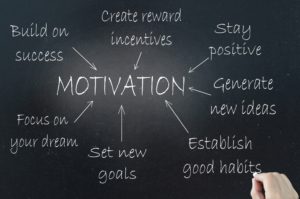
5 Conversations that Prevent
Under Managing
As a manager, how do you prevent under managing, and still empower your people? I’ve been posting about what’s called the “Under Management Epidemic,” here

As a manager, how do you prevent under managing, and still empower your people? I’ve been posting about what’s called the “Under Management Epidemic,” here

Many business leaders have lost sight of what motivates people at work. In fact, some companies haven’t updated their incentive practices in years, which means

How do you experience good grief? Is it even possible? At some point in our life, we will experience loss and grief. It may be

Are your team members grumbling about too many virtual meetings, or complaining of ‘Zoomout’? Based on the conversations I’m having with some of my clients,

You can spot perfectionism in every field, and if you look closely, at every level. In management, the most productive are viewed as “systematic” or

In my previous posts, I introduced a new paradigm for self-managing organizations. With 21st century workplaces, we no long accept total control from leaders who

To think that people can manage themselves is a revolutionary concept for leaders of organizations. And yet there are some businesses doing it quite successfully.

I’ve been reviewing the history of organizations, looking at ways we’ve used in managing people to work together, including tribal and agrarian organizations, and more

An organization’s health is only as sound as its leader’s decisions. Some companies prosper from wise leadership directions, while others struggle after flawed choices—choices that

How a leader responds to adversity reveals how effective that leader truly is. Reactions to setbacks or crises not only test leadership character but define

Business is an active, demanding endeavor. Only those who consistently apply themselves succeed. Organizations that thrive require leaders who actively dream, plan, engage, solve, pursue,

Surveys and studies indicate global job dissatisfaction is at a two-decade high. Disengaged employees account for nearly 70 percent of the workforce, which significantly affects







